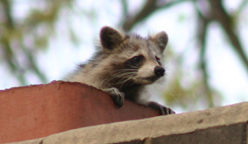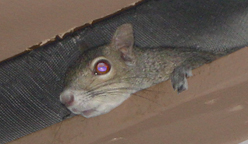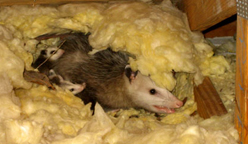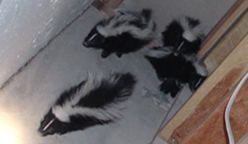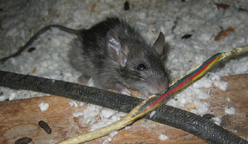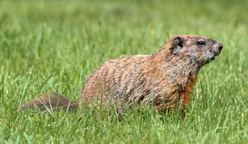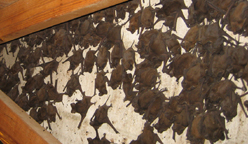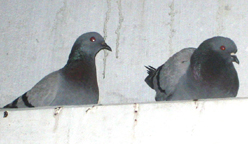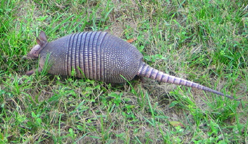How To Remove Wildlife Yourself
Step-by-step instructions to solve a critter problem - humanely!
If you have a problem with nuisance wildlife, there are two primary things you need to know. First: In many cases, you absolutely can resolve the problem yourself, with a little work, for free. In most such cases, your work will be superior to that of a professional critter trapper company - safer, more humane for the animals, and even more effective. Second: In certain wildlife cases, I absolutely do not recommend do-it-yourself attempts. You could stand a good chance of making the situation worse, hurting animals, or breaking the law. Education is Key: This website will help you tell the difference - I explain what to do, step-by-step, in each type of wildlife conflict case, for each type of common animal species. Just pick your animal below. A little learning goes a long way - helping you solve the problem, save money, AND save local wildlife! PICK YOUR CONFLICT WILDLIFE SPECIES BELOW.

